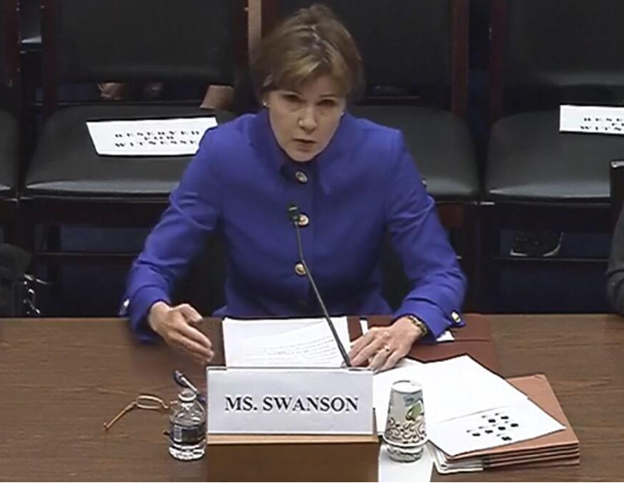at 612-315-3037 or
www.swansonhatch.com

In 2009 approximately 68% of college students took on student debt. The total student loan originations in 2007 was $85 billion. By 2011 the origination amount increased to $146 billion in grants and loans, and the total student loan debt was $875 billion. On average, students carried an average of $24,000 in college loans. At the time the unemployment rate for young college graduates was 8.7 percent. After 1975, student loans were generally unable to be discharged in bankruptcy unless the loan 1) had been in repayment for five years, 2) was from a nonprofit entity, and 3) repayment of the loan was determined by a court, after a hearing, to be an “undue hardship.” In 2005, the inability to discharge of college debt was dramatically expanded to include private loans.
Higher education not only became an incubator of private loans, but also the source for the creation of “for profit” colleges that thrived in making loans to students to pay for courses that offered little in terms of increased employment opportunities. Many of these students were the first in their families to attend college. It was well-documented that “for profit” colleges charged higher tuition, had higher drop-out rates and debt loads, awarded non-transferrable credits, and spent substantially more on marketing, administrative expenses and executive compensation than other colleges.
The exponential growth of profit colleges and the rapid growth of private college loans cast a dramatic shadow over the scene of higher education. Private student loans, no more a form of financial aid than a credit card, are one of the riskiest ways to pay for college. They often have high variable interest rates that are expensive products for those who can least afford them. They also often lacked the basic consumer protections and the flexible repayment options of federal student loans, such as deferment, income-based repayment, and loan forgiveness. It was estimated that 33 percent of bachelor’s degree recipients graduated with private (nonfederal) loans during the 2007-08 year, with an average private loan amount of $12,550.13. By 2008 the private college loan industry was described as the “Wild West of the Student Loans,” with some private lenders paying college financial officers for student referrals even though the students qualified for government loans.
A state attorney general does not have authority to regulate or legislate the growth of private loans in higher education or the growth of for-profit colleges. An attorney general can, however, try to limit some of the adverse consequences of such conduct.
For instance, the burgeoning debt load held by student borrowers created a target-rich environment for fraudsters. Companies would contact debtors and promise that, for a fee of $1,000 to $1,500, they would get rid of some and perhaps all of a borrower’s student debt. Once they received the fee, though, the companies often did little to represent the borrower, leaving borrowers disillusioned and out several thousand dollars they could ill afford. In some cases, the companies did engage, and tell the borrower to quit paying the debt, allow it to grow, and then negotiate a settlement. In other cases, the companies enrolled the borrower into a consolidated loan which rolled up all loans and charged a higher interest rate.
In 2009 Attorney General Swanson’s office, trying to curtail the fraudulent schemes which preyed on borrowers, pushed for the enactment of the Minnesota Debt Settlement Practices Act. The Act required 1) debt settlement companies to be licensed, and 2) prohibited fees from being charged until the company actually delivered the promised services. In addition, the debt settlement companies were prohibited from: 1) telling consumers to stop paying their creditors, 2) misrepresenting to consumers that they could improve credit scores, 3) misrepresenting that they can protect borrowers from interest obligations, fees, lawsuits or garnishments, 4) misrepresenting the deal they can negotiate.
Over the next five years, Attorney General Swanson used the Act to shut down dozens of companies engaged in fraudulent schemes to dupe borrowers, including student loan assistance companies that duped student loan borrowers. An example of such a case is Swanson v. Student Aid Center, Court file No. 27-CV-15-11307. Student Aid Center was created in 2013. By 2015 it signed up over 800 borrowers in Minnesota, charging each up to $1,500, through a website entitled “Studentloansforgivenessplans.org.” To complicate things, the Student Aid Center filed for bankruptcy in the state of Florida. After a year of litigation the trustee of the bankrupt estate paid approximately $500,000 to settle the matter.
As can be seen in other cases on this website, Attorney General Swanson did not stop with Debt Settlement Counselors. She thereafter sought redress against a number of for profit colleges that misrepresented the educations they would provide to borrowers.
REFERENCES: